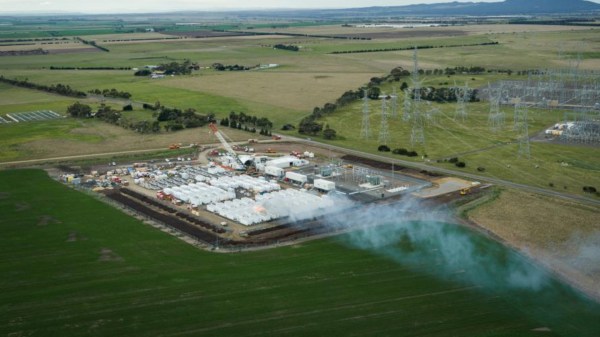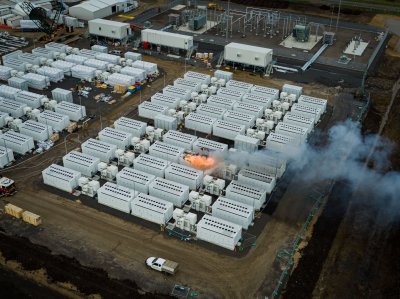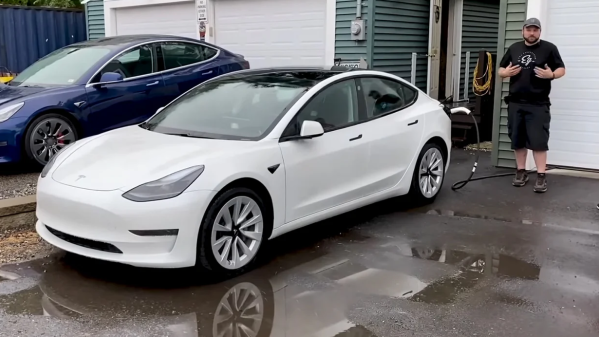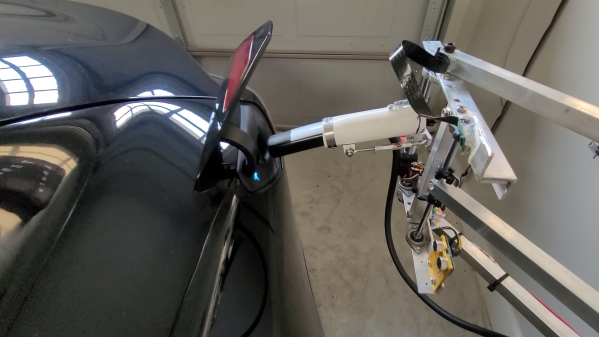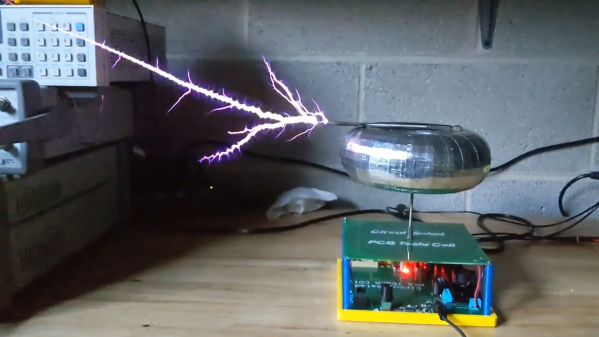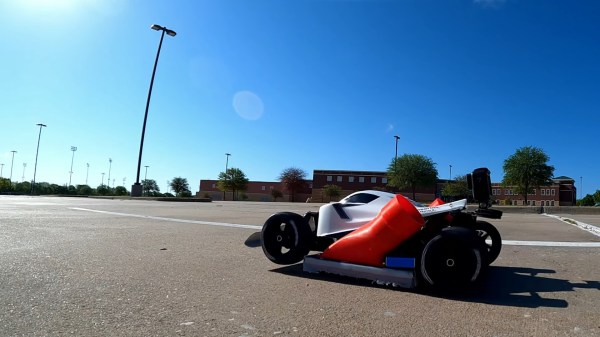After last year’s Tesla Battery Day presentation and the flurry of information that came out of it, [The Limiting Factor] spent many months researching the countless topics behind Tesla’s announced plans, the resource markets for everything from lithium to copper and cobalt, and what all of this means for electrical vehicles (EVs) as well as batteries for both battery-electric vehicles (BEVs) and power storage.
A number of these changes are immediate, such as the use of battery packs as a structural element to save the weight of a supporting structure, while others such as the shift away from cobalt in battery cathodes being a more long-term prospective, along with the plans for Tesla to set up its own lithium clay mining operation in the US. Also impossible to pin down: when the famous ‘tabless’ 4680 cells that Tesla plans to use instead of the current 18650 cells will be mass-produced and when they will enable the promised 16% increase.
Even so, in the over 1 hour long video (also linked below after the break), the overall perspective seems fairly optimistic, with LFP (lithium iron phosphate) batteries also getting a shout out. One obvious indication of process to point out is that the cobalt-free battery is already used in Model 3 Teslas, most commonly in Chinese models.
Continue reading “Lithium Mine To Battery Line: Tesla Battery Day And The Future Of EVs”




